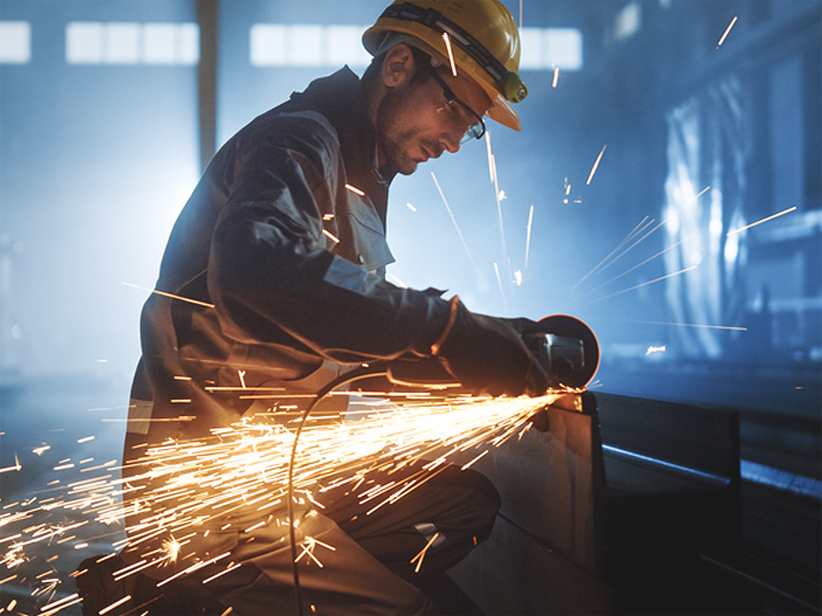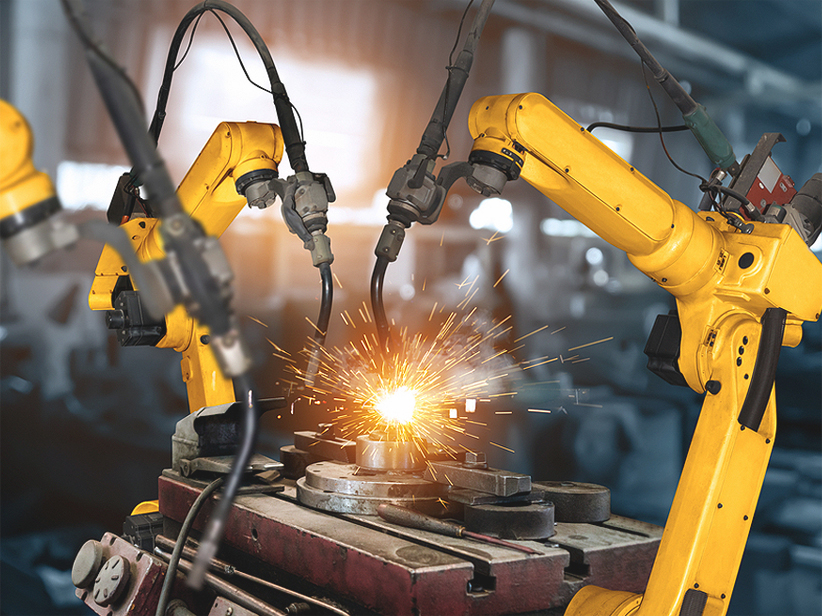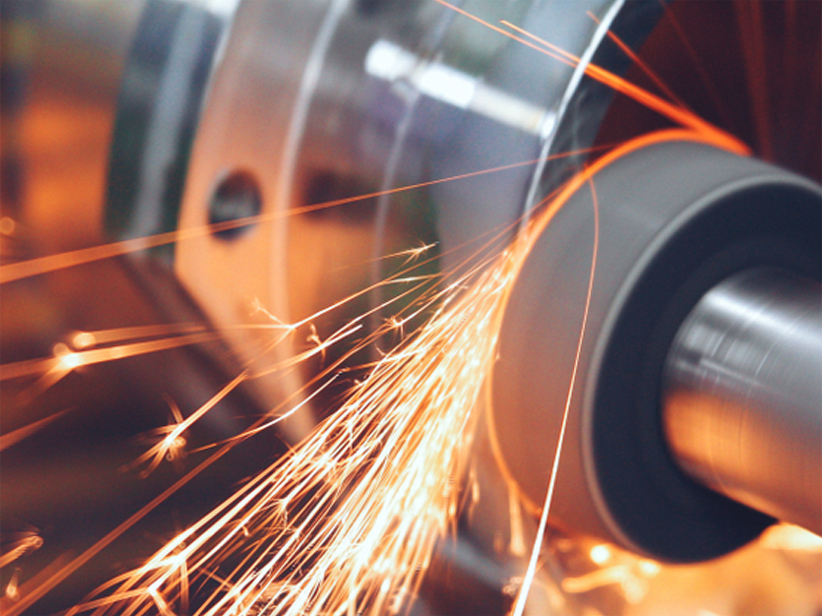What are the differences between carbon steel & stainless steel?
Such is the versatility of the application of steel, it is almost omnipresent, right from the steel rod in the building we reside to the steel bars in the vehicle we travel. But are all the steel one and same? Definitely not. Depending upon the intended end use, we either use carbon steel or stainless steel. What exactly differentiates them – is it the physical, chemical or metallurgical properties? Let us see.
In the first place, let us understand what exactly is called as Steel. It is nothing but an alloy consisting of iron, carbon, chromium, nickel, silicon, manganese, tungsten, and many other elements in minute proportions. The quantum and presence of these various elements categorizes the type of steel and its properties such as hardness, malleability, tensile strength, and ductility. In short, it is the amount of carbon and chromium that defines the steel to be graded as carbon or stainless steel.
As mentioned, carbon is the main alloying element of carbon steel. The properties of carbon steel are dictated only by the percentage of carbon in it and not any other elements such as chromium or nickel. In fact, the four main types of carbon steel, namely, low, medium, high and ultra high carbon steels have increasing level of carbon content from 0.30% to 2.0%. The main drawback of carbon steel is that it undergoes corrosion and easily gets rusted. Hence it is not usually preferred in exterior applications where both aesthetics and functionality plays dominant roles. Nevertheless, due to economic considerations, carbon steel finds many other applications and they are suitably protected from corrosion through external coatings and linings.
As the name suggests, it is the non-rusting capacity that brings laurels to stainless steel. What does the stainless steel has that inhibits the corrosion? The answer is simple and it is chromium. An instantaneous formation of chromium oxide layer over the stainless steel surface prevents the corrosive atmosphere from penetrating and corroding further. It is an interesting fact that the layer formed is thinner than the wavelength of light! To get qualified under the grade of stainless steel, the minimum requirement of chromium is of the order of 11 – 12%.
The non-corrosive property of stainless steel is the main secret behind its huge application base and popularity. Precisely for these reasons, stainless steel bars, sheets, and plates have been the automatic choice of all industries. More over for manufacturing of all domestic appliances, stainless steel, being lustrous in appearance, scores well over the matt finish of the carbon steel. However, it should be noted that some of the physical properties of carbon steel such as thermal conductivity, malleability, and ductility are superior when compared with stainless steel. With merits and demerits associated with both the type of steels, the selection criteria ultimately rest with functionality requirement and economics.
Hence it is no wonder that each and every stainless steel bars manufacturing company strives to achieve more business through good quality control and innovative production and manufacturing techniques.







